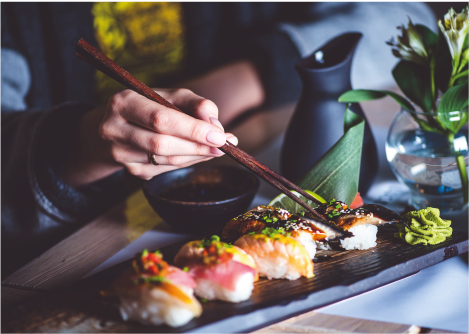If you love Japanese food, then sushi would be your go-to option over something like pizza or coffee. Whether you like it flash-fried, sashimi-style, raw, or chopped up in a sushi bowl with a glass of sake, cocktail, or wine, the cold, firm fish combined with rice, sauce, and other ingredients will be no less than heaven on your taste buds. The history of sushi started as a mealtime staple in the paddy fields of Southeast Asia. It gradually spread to Japan in the 8th century and today, sushi has jumped onto mainstream menus across the world. It isn’t only healthy, but easy to make as well. Primarily made with fish and rice, sushi has a long history of being consumed differently by various people across the globe. Wondering how this delectable dish get its start and how it became so famous? Grab yourself a sashimi platter and read on to unearth the answer to all your questions.
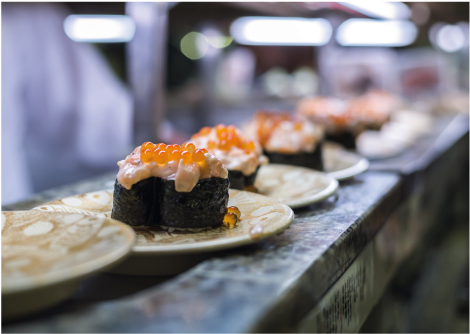
From where it all started
The origin of sushi can be traced back for millennia to the rice fields of Asia - China, to be very precise. Although most people assume that sushi derives its root from Japanese culinary practices, it dates back to a Chinese dish called narezushi. Originally, sushi was introduced in Japan from China around the Nara Period (710-794). The credit goes to the common cultural exchange of rice cultivation art. The original version of sushi was intended to be eaten as a preserved food, made by marinating fish in salt and letting it mature over an extended period of time.
The Kamakura Period
However, in the Kamakura period (1185-1333), sushi was reintroduced to the general population as a processed product made from leftover fish, until the Muromachi period (1333-1753), when rice became a staple among the general population. That’s when the custom of eating sushi with rice was born.
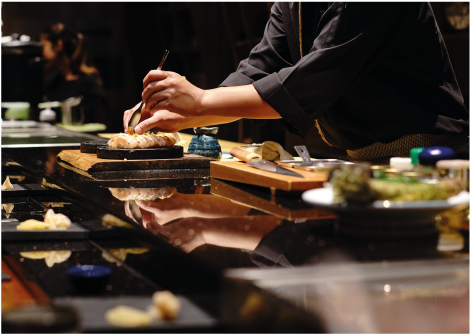
The Edo Period
When Tokugawa Ieyasu (a Japanese military leader who helped unify the nation) strengthened its grip over all of Japan in 1603 and moved the capital from Kyoto to Edo (modern-day Tokyo). During the Edo period, Japan was bustling with stores, people, restaurants, and illuminated nightlife. That’s when Nigiri-zushi made its mark. It was fast food that could be eaten immediately after the rice was lightly compressed and combined with raw or cooked seafood on top. It was often served with ginger or wasabi in between. By the end of the Edo period, several other varieties known as the inarizushi and makizushi (rolled sushi) also appeared and the well-known sushi that we know nowadays made its debut. This period was also the godfather of ideas when it came to sushi. People started to use vinegar in the rice, instead of wasting time on the fermentation. This process introduced a new type of sushi: Edomae-zushi.
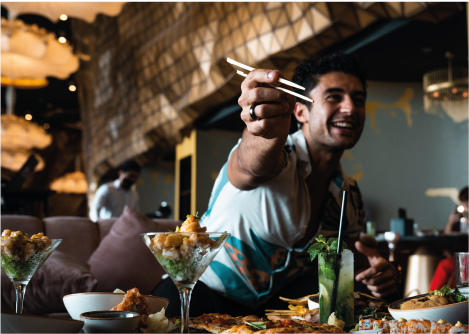
The Evolution of Sushi
Some historians also believe that sushi traveled to Japan even sooner. The first reference to sushi appeared in the Yoro Code in 1718, which makes sushi’s birth date in Japan's 8th century. Over the eons, the evolution of sushi has been dramatic. Japanese people started eating three meals a day, boiling their rice for finer flavors and using rice vinegar to ferment the rice more quickly. Undoubtedly the smell of the preserved fish was still strong, but the history of sushi suggests that it helped to fasten up the fermentation process and reduced the time it took to create the actual sushi.
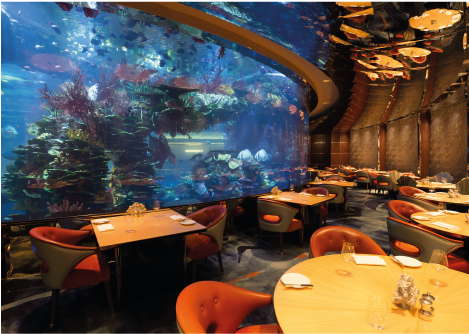
Sushi in Western Culture
Sushi in the western culture is as much an elite dish as a humble fast food. Although the dish was introduced to the west in the early 1900s after Japanese immigration. The idea of raw fish irked the masses, and the dish wasn’t that popular among anyone except the upper class. After a few years when World War II ended, Japan became the buzzing hub of tourism, trade, and business. By the 1960s, sushi was an incredibly popular dish across American, with many now calling it their favourite dish.
It's a wrap!
Just like many cuisines in culinary history, the history of sushi has many interesting crests and troughs. Ranging from being a Chinese invention to a Japanese staple and Western delicacy, sushi has a fascinating range of debates surrounding it. Whether you haven’t tried it yet or this is your 10th time trying the mouthwatering bites of sushi, ensure to try it at the right place for an experience of a lifetime. At SushiSamba restaurant in Dubai , not only can you get incredible sushi, but you can guarantee it’s as fresh as can be. Keep an eye out for a top-of-the-line menu with everything from Japanese tempura and sushi to Brazilian moqueca, to Peruvian anticuchos and seviches. SushiSamba is the ideal spot for the sushi aficionados and the curious tasters, with an incredible view to tote. Call now and book a seat for your latest culinary discovery!
You May Also Like

Capturing the Romance: Photography Tips for The View at The Palm
Mon Feb 27, 2023The Palm Jumeirah is a popular destination for photographers and tourists alike.
Read More
Weekend Trip to Dubai: Quick and Simple Ideas
Mon Apr 17, 2023Are you living in the UAE or Dubai, and want to enjoy the luxury, beauty, and depth of Dubai
Read More
Best Places to Go with Friends in Dubai
Mon Mar 20, 2023Got your friend`s trip to Dubai planned? If not here`s a quick list of the best places to go
Read More
How to Celebrate Your Wedding Anniversary
Mon Mar 13, 2023Whether it is your first or 50th wedding anniversary, click now to discover some of the most romantic wedding anniversary ideas.
Read More
Anniversary Ideas for a Romantic Night in Dubai
Mon Feb 27, 2023Is your anniversary coming up? You must be looking for romantic anniversary ideas!
Read More
How to Enjoy a Romantic Getaway in Dubai
Fri Jan 27, 2023Dubai is a city known for its opulence and luxury, making it the perfect destination for a romantic getaway.
Read More
Elegant Date Nights in Dubai
Fri Jan 13, 2023The struggle to plan the perfect date night in Dubai can be daunting, especially when there are so many options to choose from
Read More
Palm Jumeirah Facts, History & Story
Tue Dec 27, 2022Dubai has some of the most awe-inspiring structures known to man, both modern and archaeological.
Read More
Swimming Benefits for Mental & Physical Health
Tue Dec 13, 2022Did you know swimming is one of the best exercises for your body and mind?
Read More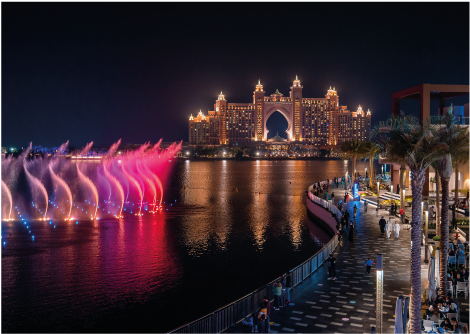
Stargazing in Dubai: The Must-Know Facts
Thu Oct 27, 2022Stargazing is becoming increasingly trendy over the past few years.
Read More
The Best Infinity Swimming Pool in Dubai
Thu Oct 13, 2022Dubai is known for its larger-than-life experiences. Dubai offers everything, from its massive skyscrapers and futuristic architecture to luxurious shopping.
Read More
Where to Propose in Dubai: The Best Place?
Tue Sep 27, 2022Who doesn’t want to make proposals memorable and unique? After all, they symbolize that you are ready to spend your entire life with someone
Read More
Where can you see Dubai Skyline?
Tue Sep 13, 2022Some describe Dubai as a futuristic city, while others categorize it as the hub for luxury and tourism.
Read More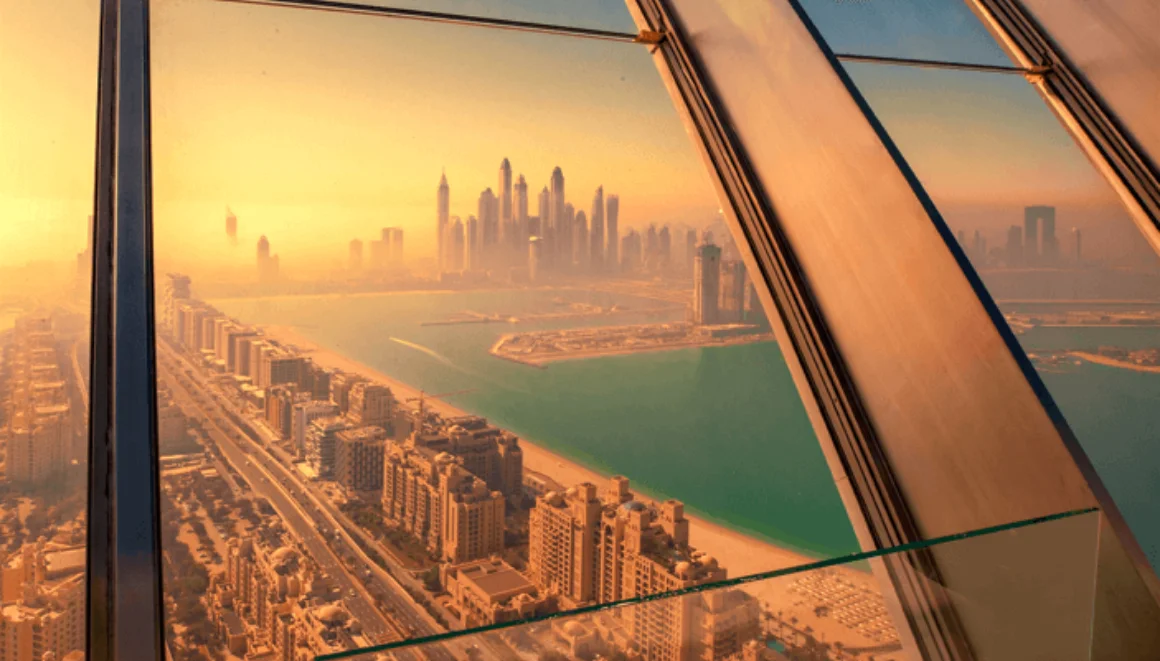
Best Place to watch the sunrise and sunset in Dubai
Sat Aug 27, 2022Dubai is a city known for its magnificent skyscrapers, futuristic architecture, lively nightlife, and luxury shopping.
Read More